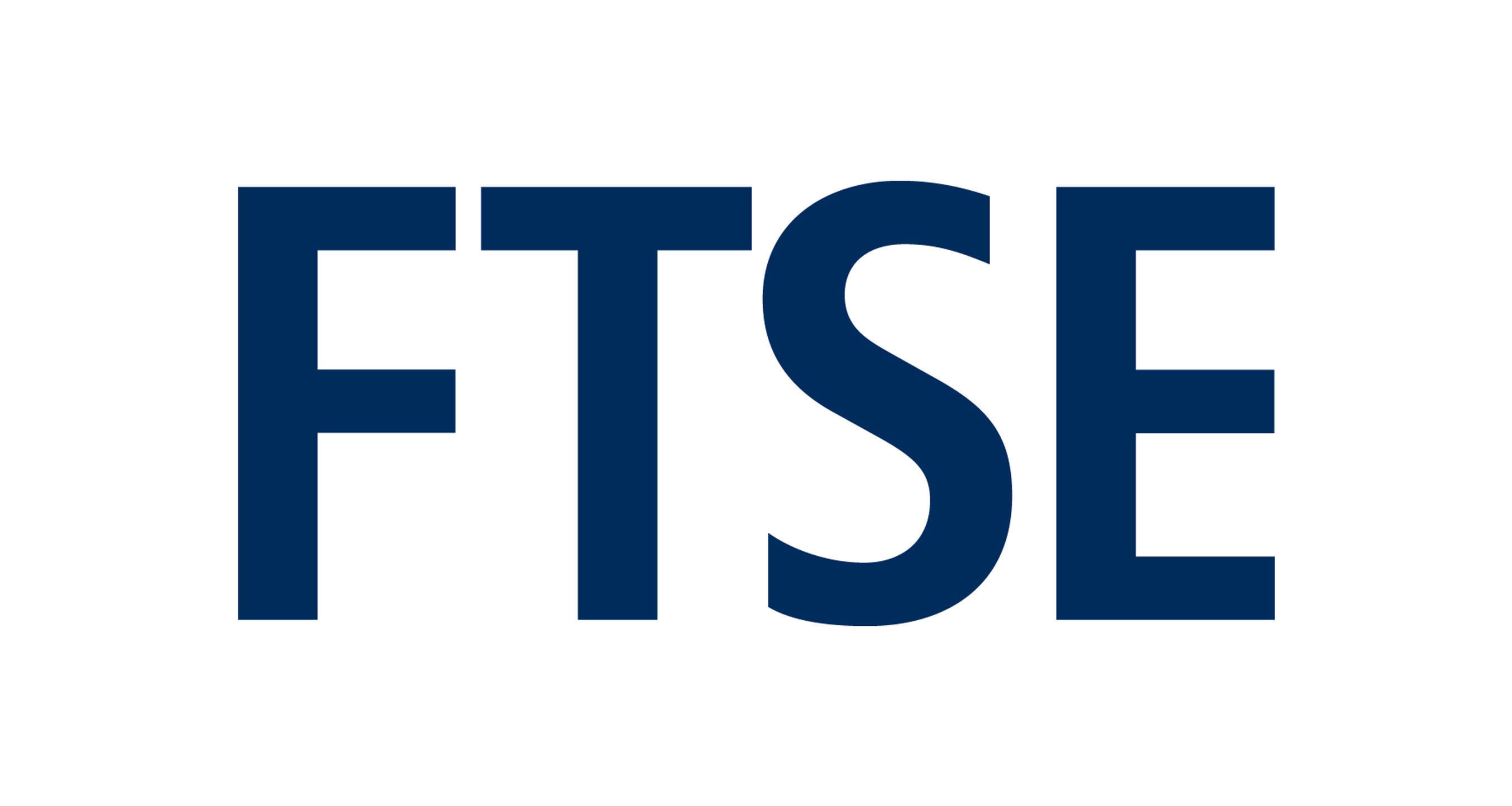Women in Board Positions at UK’s Largest Listed Companies Exceed 40% Threshold.
The increase in the percentage of women on the boards of the UK's biggest listed firms above 40% is a significant milestone towards achieving gender equality in corporate leadership positions.

Women in Board Positions at UK’s Largest Listed Companies Exceed 40% Threshold.
For years, gender diversity has been a significant issue in corporate leadership positions worldwide. In the United Kingdom, it was only in 2011 that the government launched the Davies Report, which recommended that FTSE 100 companies should have at least 25% of women on their boards by 2015.
Since then, there has been a gradual but consistent increase in gender diversity in board positions, which culminated in a landmark milestone in 2022: for the first time ever, the proportion of women on the boards of the UK’s largest listed corporations has exceeded 40%.
Analysis reveals that only 10 of the 350 largest listed businesses in the UK still have all-male executive teams, with the percentage of women in board positions rising above 40% for the first time. According to the government-sponsored FTSE women leaders assessment, released on Tuesday, 3% more women were on the boards of the blue-chip FTSE 100 businesses and the mid-sized FTSE 250 companies in 2022.
With only 33.5% of the executive committee or their direct reports being female, it was discovered that UK businesses were not appointing women to leadership positions below the board level at the same rate. The percentage of women in non-board leadership roles in the top 50 private corporations, which were examined for the first time this year, was somewhat higher at 34.3%.

Recent years have seen a modest improvement in the presence of women on the boards of FTSE 350 public companies as a result of shareholder demands for diversity among those in charge of British corporations. By 2025, the government-backed study had set a voluntary goal of 40% female representation on boards, although that number is still far below the 51% of females in the UK population.
Ministers have decided against introducing mandated targets for the representation of women on boards, as promised by the EU. Change “doesn’t always require top-down interventions but can occur when everyone is pushing in the same direction,” according to Kemi Badenoch, the business and trade secretary who also holds the ministerial brief for women and equalities. She noted that the rise in the proportion of women on boards during 2022 was proof of this.
“It’s extremely fantastic and vital that we are seeing progress on this subject,” said Jemima Olchawski, chief executive of the Fawcett Society, which advocates for gender equality. That does not imply that the work is complete.
Concerns about “the extent to which certain enterprises are taking advantage of the good performance of others” were raised by her, according to her. She continued by saying that the government should encourage more men to take advantage of shared parental leave and push businesses to advertise jobs with flexible work alternatives.
According to a Fawcett Society analysis, just approximately a third of the 5,200 top positions in UK society are held by women, and men continue to control the very top positions in British business. Although the number temporarily reached nine in 2022 when one business was removed from the index and Alison Brittain resigned as the CEO of Whitbread, there are only seven women who are in executive positions at FTSE 100 companies.
The imbalance has improved at the board level. According to the most recent women leaders study conducted by the data business BoardEx, every one of the 350 boards examined now has at least one woman on it, as opposed to 152 male-only boards just over ten years ago. According to the government, the UK ranks second in the world, right after France.
According to the research, ten all-male executive committees are now in the FTSE 350, down from 16 in 2021. The government anticipates that by 2025, the percentage of women in leadership roles will surpass 40%. Target was described as being “on track”.
The organisations with the highest proportion of women in executive positions and their direct reports were featured in the report’s official publication. According to the report, the FTSE 250 businesses with the largest participation of women below the board of directors were the property investment trust Shaftesbury (64%), the investment trust firm Law Debenture Corporation (63%), and the fashion retailer Asos (56%).
The FTSE 100 firm with the highest percentage of women in leadership was Burberry Group (54%), followed by Next and Sainsbury’s (53% and 51%, respectively). Less than 50% of women held leadership positions in any other FTSE 100 company.
The Rise of Women in Board Roles: A Long Journey
The journey towards gender equality in board roles in the UK has been a long and arduous one. In 2011, when the Davies Report was launched, only 12.5% of board positions in FTSE 100 companies were held by women. This figure increased to 26.1% by 2015, but progress slowed down in the following years. In 2020, women had 36.2% of board positions in FTSE 100 companies, with the remaining 63.8% being held by men.
Despite the slow progress, several initiatives and campaigns have helped increase gender diversity in board roles. One of the most significant ones was the launch of the Hampton-Alexander Review in 2016, which aimed to improve gender balance in leadership positions in FTSE 350 companies. The review set a target of having at least 33% of board positions held by women by 2020, which was achieved.
The Impact of Gender Diversity on Business Performance
There is ample evidence that gender diversity in leadership positions has a positive impact on business performance. According to studies, businesses with a diverse workforce are more creative, make better choices, and are more likely to draw in and keep top talent.
Also, businesses with various boards have a higher chance of being profitable. According to a McKinsey & Company study, businesses with more women on executive teams are 25% more likely to be profitable than their counterparts in the lowest quartile.
The Way Forward: Ensuring Sustainable Progress

While the 40% milestone is undoubtedly a cause for celebration, it is essential to ensure that progress towards gender equality in board roles is sustainable. There are several steps that companies can take to ensure that they maintain and build upon the progress made so far. These include:
Setting ambitious targets: Companies should set ambitious targets for gender diversity in leadership positions and hold themselves accountable for achieving them.
Promoting diversity and inclusion: Businesses ought to foster an inclusive atmosphere where everyone feels appreciated and respected, regardless of gender, ethnicity, or background.
Fostering talent pipelines: Companies should invest in fostering talent pipelines for women, including mentoring, coaching, and development programs.
Addressing unconscious bias: Companies should be aware of and address unconscious bias in recruitment and promotion processes.
Reporting on progress: Companies should regularly report on their progress towards achieving gender diversity targets internally and externally.
The increase in the percentage of women on the boards of the UK’s biggest listed firms above 40% is a significant milestone towards achieving gender equality in corporate leadership positions.
However, it is crucial to ensure that this progress is sustainable and that companies continue to make efforts to increase gender diversity in board roles. By setting ambitious targets, promoting diversity and inclusion, fostering talent pipelines, addressing unconscious bias, and reporting on progress, companies can create a culture where everyone has an equal opportunity to succeed.
edited and proofread by nikita sharma





